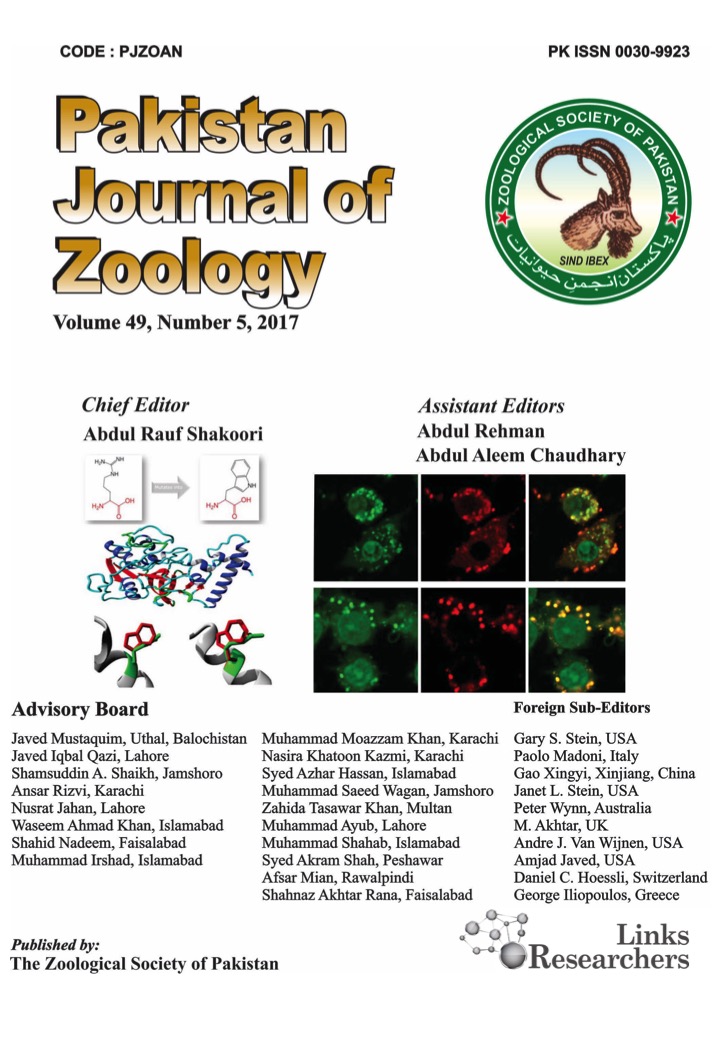β-diversity Patterns of Bird Communities in Natural Protected Areas in Anhui by Separating the Turnover and Nestedness Components
β-diversity Patterns of Bird Communities in Natural Protected Areas in Anhui by Separating the Turnover and Nestedness Components
Kai Dong, Huidong Xu, Yongmin Li*, Jianchun Zhang, Weigen Wang and Dongwei Li
ABSTRACT
β-diversity can be used to measure the differences between sites at spatial scales to reflect the variability of species composition. Therefore, understanding β-diversity is necessary to protect regional diversity and improve conservation strategies. In this study, we collected data on birds in 44 protected areas in Anhui Province, and decomposed the β-diversity of bird communities into spatial turnover and nestedness-resultant components to assess their relative contributions and respective relationships to differences in the geographical divisions (Jiangnan region, Jianghuai region and Huaibei region) and the types of protected areas (forest and wetland protected areas). The results show that the turnover component of protected areas in Anhui Province contributes more to β-diversity than the nestedness. Geographically, the Jianghuai region has the largest total difference due to its diverse landform; In terms of bird taxonomy, most of the β-diversity is dominated by turnover components; As for protected areas type, the total β-diversity and turnover rate of bird in the wetland are higher than those of forests; Among birds with foragguilds, carnivorous-insectivorous birds had the highest turnover rate of β-diversity; In terms of bird migration type, migratory birds had the highest turnover rate of β-diversity in Anhui Province. In management, attention should be paid to the protection of water sources and the maintenance of woodland, which is beneficial to the maintenance of bird communities and ecosystems.
To share on other social networks, click on any share button. What are these?









